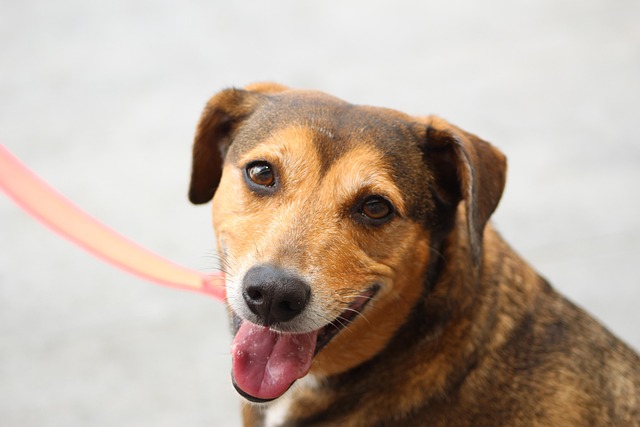
How can I tell if my dog's heatstroke is serious
Let’s be real: It’s a sticky August morning in Los Angeles, and you took your 2-year-old Golden Retriever, Max, for a walk a little later than usual
When your dog isn’t feeling well, figuring out what to put in their bowl can feel like solving a puzzle. You want something that eases their upset stomach, gives them a little energy, and doesn’t make things worse. The key is to keep it simple—most vets agree that bland, easy-to-digest foods are the way to go when a dog is under the weather.
Cooked chicken breast, stripped of all bones and skin, is a classic choice. It’s gentle on the digestive system and packed with the protein your dog needs to start healing. Pair it with plain, white rice—no butter, salt, or seasonings—and you’ve got a meal that’s easy to chew and unlikely to irritate a sensitive gut. Some owners swear by adding a spoonful of plain pumpkin (not the pie filling with sugar and spices) to help settle things down, thanks to its natural fiber. Just make sure whatever you serve is room temperature; cold food can shock a dog’s system, and hot food might burn them.
It’s important to remember portion control, too. A sick dog’s stomach can’t handle large meals, so offer small amounts every few hours instead of their usual full bowl. If they turn their nose up at first, don’t push it—loss of appetite is normal when feeling unwell. Try again later, and if they still refuse to eat after a day or two, that’s a sign to check in with your vet. Dehydration is another risk, so always have fresh water available, and if they’re not drinking, a few ice cubes might encourage them to lap a little.
 Certain foods should never make it into a sick dog’s dish, even if they seem harmless. Onions, garlic, grapes, and raisins are toxic to dogs, and dairy products can cause diarrhea or bloating, especially when their stomach is already sensitive. Also, avoid anything fatty or spicy—these can irritate their digestive tract further. It’s not just about what’s good for them; following local guidelines on pet care ensures you’re keeping your dog safe while staying on the right side of regulations that protect animal health.
Certain foods should never make it into a sick dog’s dish, even if they seem harmless. Onions, garlic, grapes, and raisins are toxic to dogs, and dairy products can cause diarrhea or bloating, especially when their stomach is already sensitive. Also, avoid anything fatty or spicy—these can irritate their digestive tract further. It’s not just about what’s good for them; following local guidelines on pet care ensures you’re keeping your dog safe while staying on the right side of regulations that protect animal health.
Once your dog starts showing signs of improvement—like perking up or asking for more food—you can slowly mix their regular dog food back into the bland diet. Gradually increasing the amount of their usual food over a few days helps their system adjust without causing a setback. Every dog is different, though, so what works for one might not work for another. Pay attention to how your dog reacts after eating; if they vomit, have more diarrhea, or seem more lethargic, stop the new food and call your vet right away.
Watching your dog struggle with illness is never easy, but finding the right food to help them recover can make a world of difference. By sticking to simple, vet-approved options and keeping a close eye on their behavior, you’re doing more than feeding them—you’re helping them get back to their happy, tail-wagging selves. And when in doubt, your vet is always the best resource to guide you toward what’s best for your specific dog.

Let’s be real: It’s a sticky August morning in Los Angeles, and you took your 2-year-old Golden Retriever, Max, for a walk a little later than usual

You're enjoying a summer afternoon at the park when you notice your dog has stopped panting and appears disoriented - their gums are bright red

Let’s paint the picture: You’re in your Denver apartment, watching your 4-year-old Boston Terrier, Ruby, plop down mid-play session with her favorite toy

Many dog owners notice their pets nails seem shorter after regular walks,but how much does this daily activity actually help?The answer depends on where you walk—concrete sidewalks or asphalt streets gently file nails as a dog's paws hit the ground

Most dog owners notice their pup scooting across the carpet at some point, but few connect it to impacted anal glands. These small sacs near a dog’s rectum secrete a scent for marking territory

Most vets agree that regular dog teeth cleaning is key to avoiding painful dental issues later. For healthy adult dogs, a professional cleaning at the vet’s office every 12 to 18 months usually works well.